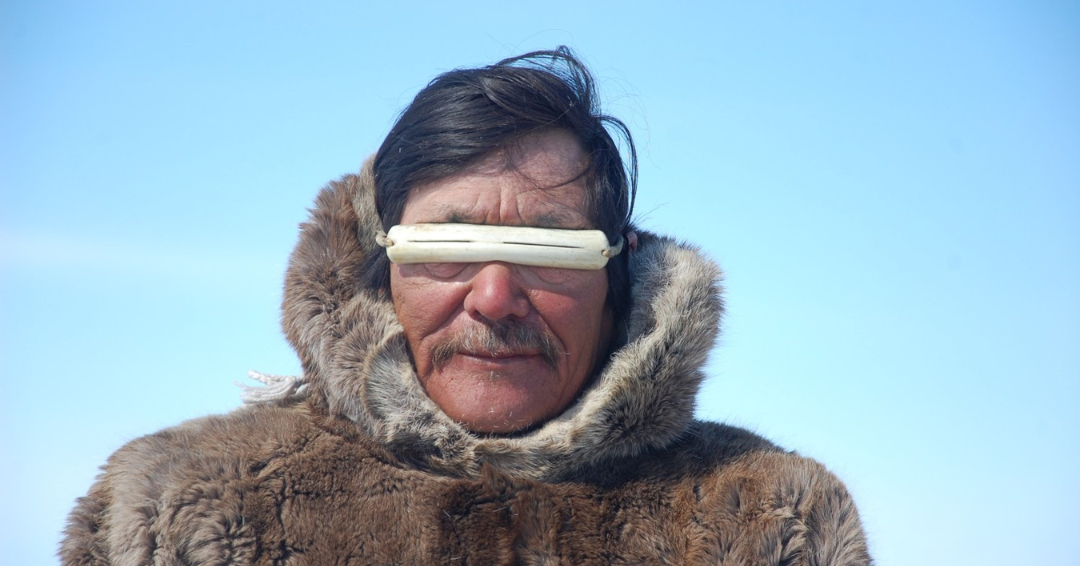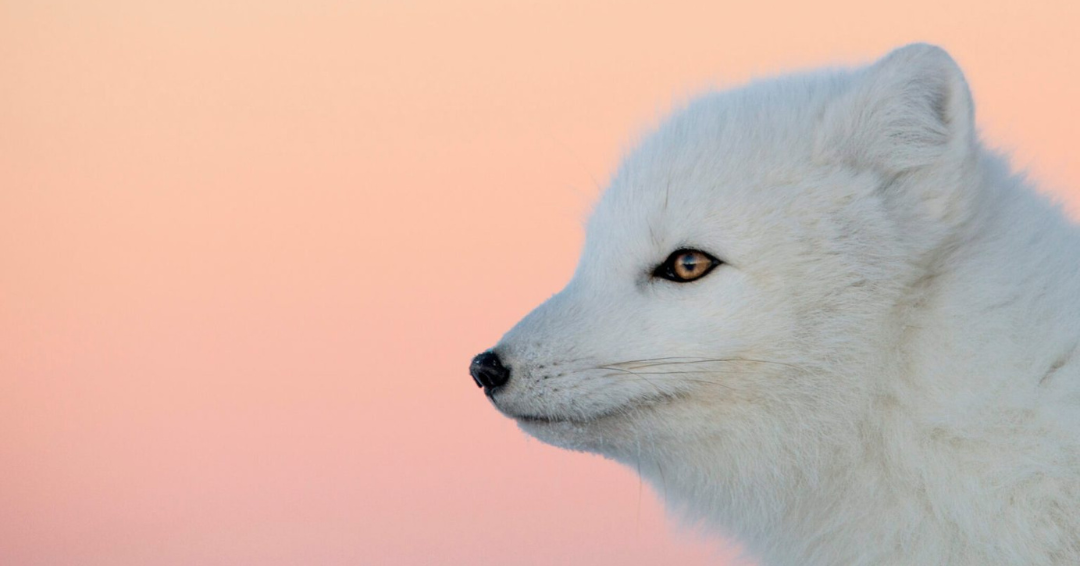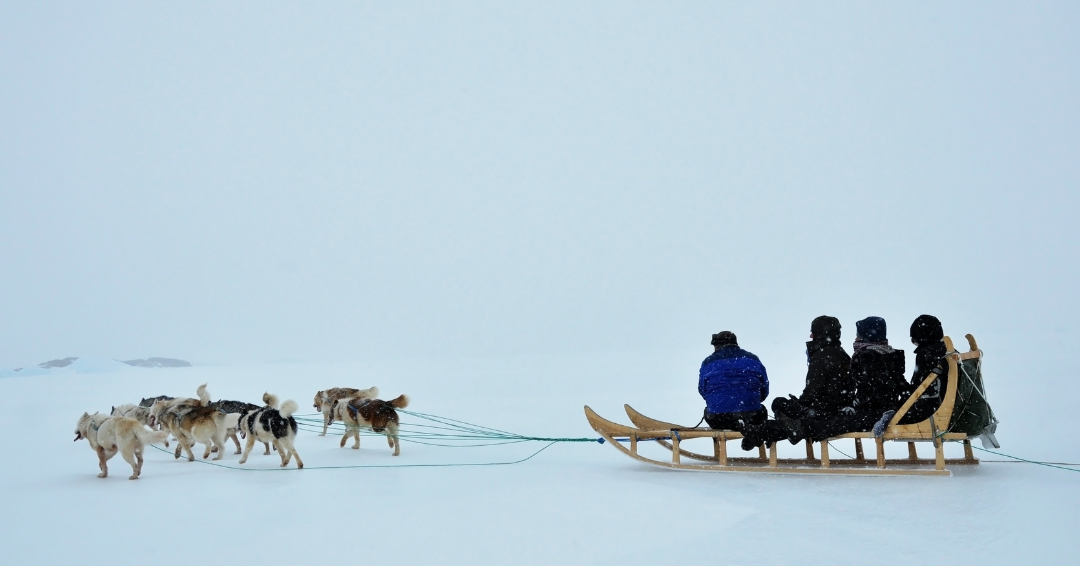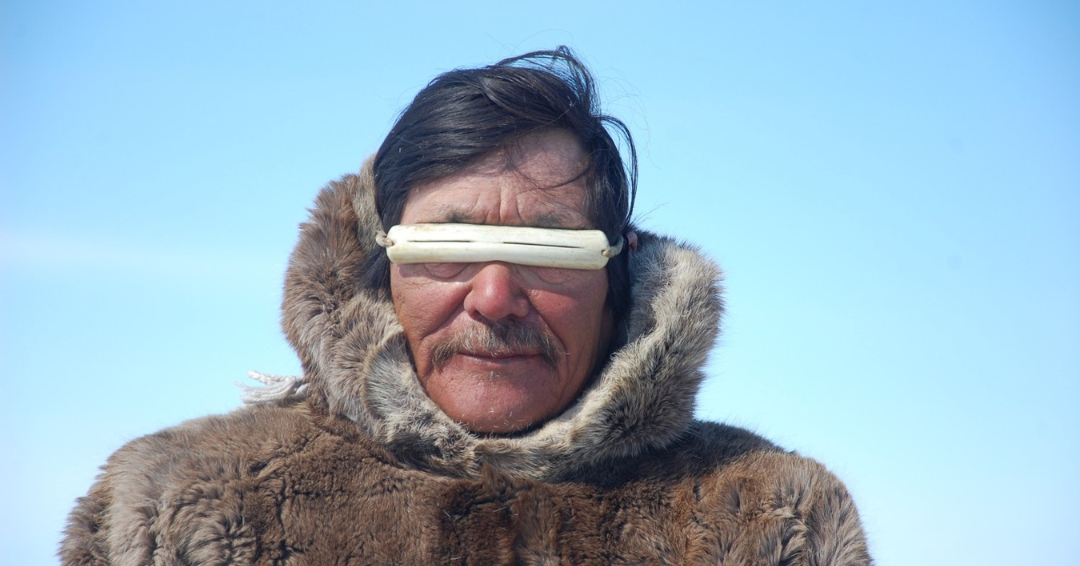The Inuktitut language began as all do, with the hope of connecting personally and to pass on knowledge.
The word Inuktitut is a combination of the words inuk, meaning ‘person,’ and titut, meaning ‘in the manner of.’ This demonstrates the benefit and development of language from physically acting out instructions or emotions to expressing what we mean in depth. It’s a way of connecting with others by describing how we feel and what we have to share.
From the Origins to Today
It started as an oral language among the Thule, ancestors of the modern Inuit. The Thule were more technologically advanced than earlier Arctic peoples like the Dorset.
Compared to the Dorset, the Thule developed more advanced tools like harpoons and large boats and lived in larger communities.
Over time, technology advances by building upon foundational knowledge. As language grows, it becomes easier to pass on teachings through generations.
Community is another key factor in the development of language. The larger a group is, the greater the need or want to communicate. Expression is a catalyst for developing more intricate communication.
The early Thule People were advanced people considering the amount of contact they had outside of their own culture. Their communities ranged from Alaska to Greenland, with constant interaction among these groups until the Little Ice Age limited contact.

Communication was a vital aspect in ensuring such a widespread people remained so connected. Yet, Inuktitut was still an entirely oral tradition. The Thule, which became the Inuit, learned through descriptions of traditional practices while attempting these methods. At the time it was very practical, and learning developed through action.
With colonialism came the European schooling system through religious missionaries. In the early days of this school system, the teachers used Inuktitut because it was the best way to connect with the Inuit and instruct them. They were more interested in converting them to the Anglican and Roman Catholic beliefs, so they developed a writing system based on the Canadian Aboriginal syllabics to communicate in words and not just orally.
By the 1930s, residential schools were opening, and rather than converting their beliefs, the governments required them to assimilate into European cultural traditions. This meant that learning happened only in schools, not on the land, and they had to speak English.
The government became more interested in the North over territorial claims and resources, so they took more control of the education of the Inuit. For example, after World War II, the North became the government's focus after creating radar defense systems and airports connecting North America to Europe.
Officials believed it would be harder for the Inuit to find employment and survive in their Indo-European culture if they couldn't speak English. The Inuit would see English as a tool for making money, while their language was how they expressed their feelings and maintained a link to their identity.
By the 1960s, the government began to change its attitude towards Inuktitut. Inuktitut was identified as a key factor in the endurance of the Inuit cultural identity, so bilingual schools were formed.
In 1969, the Inuit voted to eliminate the federal school system and instituted programs where classes were taught in Inuktitut, English, and French.
Under the Northwest Territories Official Language Act, Inuktitut became the official language of the Northwest Territories. When Nunavut became its own territory in 1999, both regions maintained the Language Act and secured Inuktitut's status as their official language.
Visit the Home of the Inuit
While the Northwest Territories is home to several Aboriginal groups, Nunavut is distinctly Inuit in its culture and population.
Traditional hubs like Iqaluit and artistic hubs like Kinngait are incredible places to visit and experience the Inuit culture. They offer the chance to talk with Inuit, hear their perspectives and learn their beliefs.
If you're interested in cultural tours, discover our Getaways, where you can visit cultural and historic locations while exploring Nunavut's capital.
If you want to experience traditional practices, spectate stunning wildlife and meet Inuit guides, then an Arctic safari could be your dream experience.
By: Mat Whitelaw






